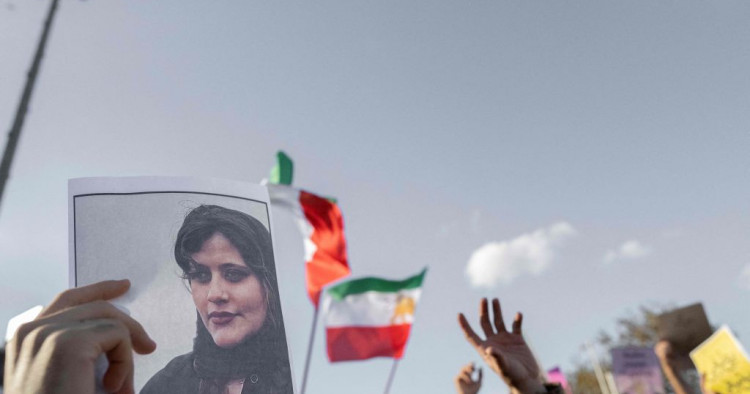Contents:
- As Iran’s protests spread, the regime pursues "maximum suppression"
- The Houthis reject the extension of Yemen’s truce
- Israeli-Lebanese maritime border deal apparently imminent
- As Saudi prime minister, is Mohammed bin Salman now immune from prosecution in the US?
- Iraq: Maybe a path forward — or not
- As the UAE and Oman look to repair ties, investment and connectivity top the agenda
As Iran’s protests spread, the regime pursues “maximum suppression”
Abdolrasool Divsallar
Non-Resident Scholar
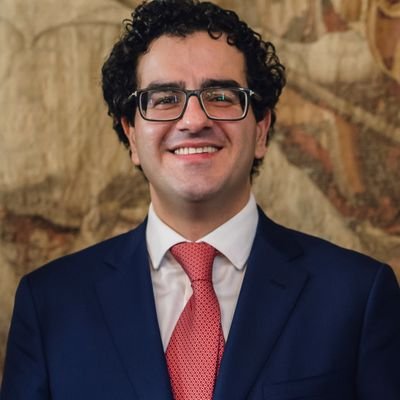
-
The one-year-old Raisi administration pushed forward a controversial set of ultra-conservative social policies that increased the division between state and society and played a role in fueling the recent protests.
-
Islamic Republic leaders are choosing to move up the ladder of escalation rather than step back and revise their policies, believing they can make the protests too costly to continue.
The tragic death of Mahsa Amini, an Iranian women arrested by the Islamic Republic’s so-called “morality police,” incited nationwide protests on Sept. 17. Like in previous incidents that sparked popular demonstrations, including after Iran’s downing of a Ukrainian airliner in 2020, the authorities initially denied responsibility for triggering the crisis. Instead, the state’s propaganda machine launched a fierce disinformation campaign, blaming Mahsa’s underlying health conditions for causing her death. But when protests refused to die down, the Islamic Republic adopted what has become its classic response: “maximum suppression,” utilizing all means of violence and imprisonment to stop the rallies.
Discontent in the Islamic Republic has been on the rise for at least the last decade. But a year into Ebrahim Raisi’s presidency, his administration, which represents the 1979 revolution’s ultra-conservative elements, pushed forward a controversial set of social policies that played a role in fueling the latest round of protests. Namely, amid the failure of the government’s economic policy as well as Iran’s continued international isolation due to its uncompromising stance in the nuclear talks, the administration sped up the implementation of a social engineering plan that included creating a “national internet” and the “restoration of the hijab” as its top priorities.
These ideas have long been discussed among Iran’s hardliners, such as those at the Center for the Islamic-Iranian Model of Progress and the Office of the Supreme Leader. But what made these policies so seminal to the present situation is their implicit dismissal of the values held by the majority of Iranians, who fall outside the conservative camp. Rather than recognizing the heterogeneity of Iranian society, the authorities have pushed to unify the whole population around a state-driven ideology and way of life. The result has been a further restriction of social freedoms in Iran since the start of Raisi’s presidency.
Consequently, the Islamic Republic now faces a previously unseen level of division between the state and society, with the state’s influence over the population rapidly declining. Discontent has spread and hope in the prospects for change has waned, while the core of supporters of the Islamic Republic has shrunk. Street protests are now widely seen, especially by the new Generation Z, as the only viable way to achieve change.
Nonetheless, the Iranian security elites continue to judge their traditional techniques of suppression as effective. They follow a simple rationale: no matter the context, whether facing international condemnation of their nuclear program or a domestic crisis, the leaders of the Islamic Republic choose to ascend the ladder of escalation rather than take a step back and revise their policies. They believe keeping up the pressure will raise the costs for their opponents to the point where it is irrational to continue opposing Tehran. In the streets of Iranian cities, this obdurate approach has resulted in dozens of Iranians killed and thousands violently attacked by security forces. Meanwhile, the prospects for change within the Iranian leadership will remain highly limited so long as its members continue to see their current strategy as key to ensuring their hold on power.
Follow on Twitter: @Divsallar
The Houthis reject the extension of Yemen’s truce
Fatima Abo Alasrar
Non-Resident Scholar
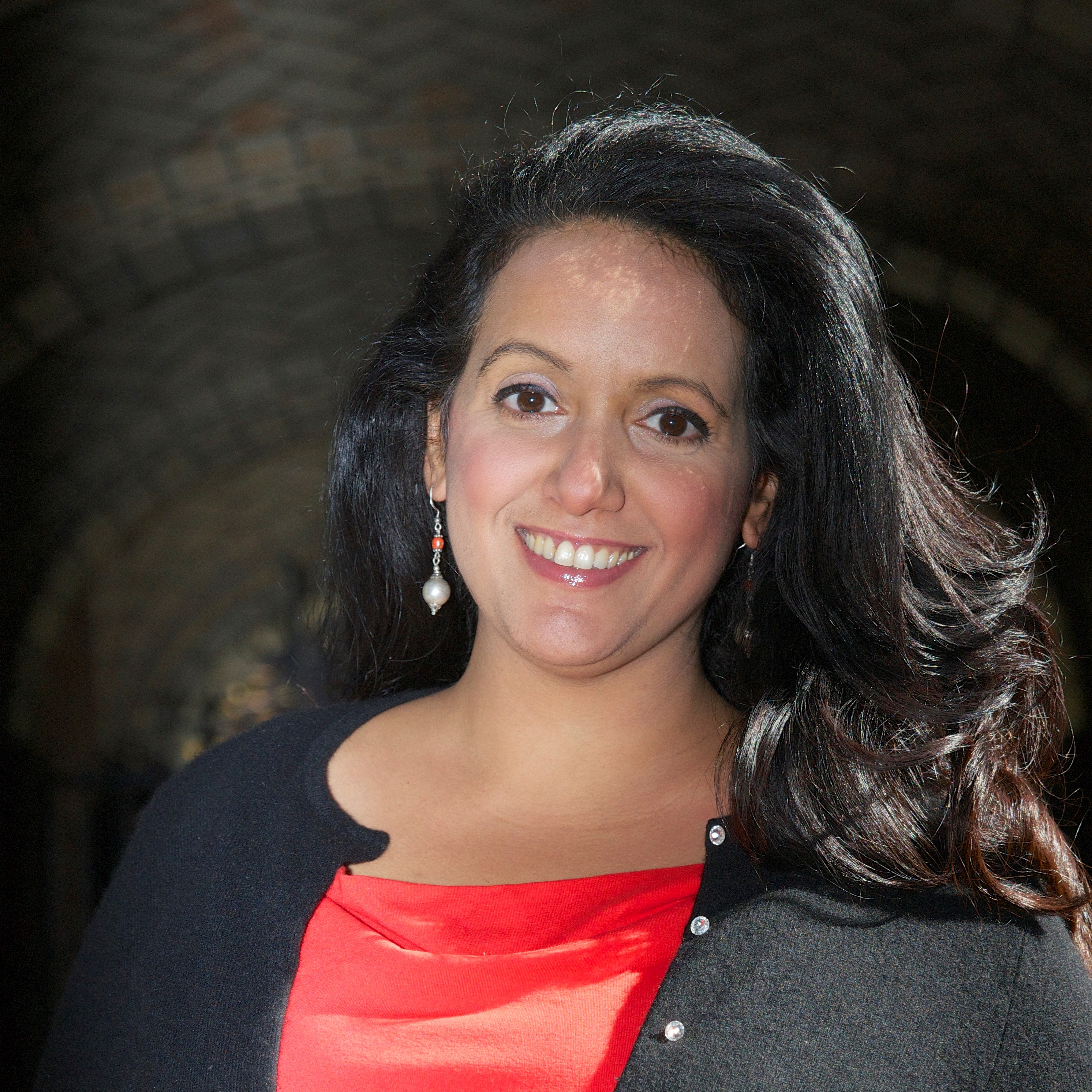
-
The Houthis’ rejection of the truce extension comes at a time when its backer, Iran, is facing growing internal pressure from nationwide protests and international criticism over its domestic crackdown.
-
The international community must pressure the Houthis to accept the truce and cease hostilities. The U.N. needs to reconsider its strategy, as attempts to appease the Houthis will only embolden their leadership to continue rejecting the truce.
The Houthis’ decision to reject the extension of the U.N.-brokered truce on Oct. 2 is no surprise. Under mounting pressure from the U.N. over its faltering commitment to the agreement, the Iran-backed Houthi militia favored disengagement from the process and a return to violence. Within hours of the truce’s expiration, a Houthi spokesperson implied there could be attacks on Saudi and UAE installations, and violent confrontations erupted north of the city of Taiz as the militia attempted to infiltrate army positions.
Although the truce, which began on April 2 and was extended twice, was successful in significantly reducing violence, Houthi violations have been gradually increasing. They have completely refused to lift their humanitarian blockade of Taiz, proposing to open roads that would advance their military aims instead of expanding humanitarian access. The escalation and rejection of international initiatives have coincided with increasing internal and international pressure on Iran following the brutal death of Mahsa Amini. The growing chorus of global criticism of Tehran is creating a significant threat to the Iranian regime, likely strengthening the strategic alliance between the Houthis and the Islamic Republic.
Although the truce was not meant to be a long-term measure, it was supposed to help move things forward toward achieving a political settlement and not backward to square one. U.N. Special Envoy Hans Grundberg had presented a comprehensive plan on releasing detainees, relieving the Houthi siege of Taiz, adding additional destinations for flights from the Houthi-controlled Sana’a airport, and urging the Saudi coalition to remove restrictions on the entry of fuel ships into the port of Hodeida. All of this, as well as a nationwide and regional ceasefire and the start of an inclusive political process, was presumed to be in the works.
The support is there from the Saudi coalition, which wants to see an end to the conflict and has offered many concessions to the Houthis to kick-start the political process. However, given the Houthis’ control of key cities in northern Yemen, they have no incentive to share power. They remain keen, however, on receiving humanitarian benefits from the international community and concessions from Yemen’s government, as they made clear in the statement they issued before the truce expired.
Reviving the truce will be a challenge because its objectives are incompatible with the Houthis' overall goals. They already enjoy the benefits of political and economic power and would lose them under a system requiring powersharing and accountability. This makes negotiating extremely difficult and puts the U.N. office in a bind that cannot be easily resolved. The Houthis are unlikely to compromise under the current circumstances, which is why it is crucial to take a step back to reevaluate. They lack the political will to accept the ceasefire, and pressure must be put on them immediately to comply with it. The U.S. and the EU could play a critical role by calling on the Houthis to respect their commitments and enforcing strict sanctions should they decide to once again attack Yemeni cities or the Gulf.
Follow on Twitter: @YemeniFatima
Israeli-Lebanese maritime border deal apparently imminent
Randa Slim
Senior Fellow and Director of Conflict Resolution and Track II Dialogues Program

-
Despite some domestic pushback on all sides, Israel and Lebanon seem on the verge of agreeing to a maritime boundary deal that takes into account their main concerns.
-
The agreement is the result of months of shuttle diplomacy, following years of U.S. mediation efforts that spanned three administrations.
Last week, the United States government handed Lebanon and Israel its draft proposal on settling their maritime border dispute. This capped months of shuttle diplomacy by the U.S. mediator, State Department special advisor on energy security Amos Hochstein, between the two countries. A major sticking point in negotiations was overcome two weeks ago, during negotiations he conducted with the Israelis and Lebanese on the sidelines of the United Nations General Assembly session in New York City. The U.S. effort to resolve this dispute between Lebanon and Israel has been going on for close to a decade, spanning three Democratic and Republican administrations. In 2012, U.S. mediator Frederic Hof proposed a compromise to split the 860-square-kilometer disputed offshore area between Lebanon’s claimed southern boundary, known as “Line 23,” and Israel’s previously claimed boundary to the north, known as “Line 1,” at a ratio of 55% for Lebanon and 45% for Israel. The Trump administration’s Secretary of State Rex Tillerson also took a personal interest in mediating this dispute. None of these efforts led to a successful resolution.
While the full contents of the latest proposal remain unknown, a few details were leaked to the press. Reportedly, the text addresses several principal demands for each side. For Israel, the draft deal takes into consideration its national security interest of ensuring that the maritime border anchors the “three-mile line of buoys” that Israel established unilaterally in 2000, after its withdrawal from Lebanon. For Lebanon, the proposal meets two of its principal demands: First, it totally separates the bilateral negotiations over the maritime borders from the negotiations over their land boundary. Second, it gives Lebanon sovereignty over all of the Qana natural gas field, which extends southward beyond Lebanon’s Line 23. According to the suggested scheme, the disputed area of the Qana field, between Israel’s line of buoys and Lebanon’s Line 23, will be declared a safe zone under Lebanese sovereignty but under the supervision of the United Nations Interim Force in Lebanon (UNIFIL) whose mandate must be updated accordingly.
While preliminary reactions in both capitals have been fairly positive, opponents of the deal are already lining up in the U.S., Israel, and Lebanon. U.S. Senator Ted Cruz tweeted on Sunday that he is “deeply troubled that Biden officials pressured our Israeli allies to hand over their territory to the Iran-controlled terrorist group Hezbollah.” Former Israeli Prime Minister Benjamin Netanyahu joined the fray, accusing the Israeli government of irresponsible security concessions to the Lebanese. In a recent Israeli poll, 43% of respondents supported signing an agreement with Lebanon, while 16% opposed it.
In Lebanon, critics of the deal have two main concerns: First, it gives Lebanon less than it is legally entitled to; they argue that the Lebanese border should be demarcated along Line 29 and not Line 23, with the former encompassing an additional 1,430 sq km south of Line 23. Second, they posit that the deal, if signed, will empower the corrupt political elites and enable the imminently departing Lebanese President Michel Aoun, who is blamed for the economic dire of straits the country finds itself in, to claim this agreement as part of his legacy.
A few hurdles still prevent a swift conclusion of the deal. Earlier today, Lebanon’s top negotiator said Beirut is seeking amendments to the draft and expects a U.S. response to its request by end of this week. In Israel, despite the fact that the agreement need not be ratified by the Knesset, some Likud lawmakers are threatening to petition the High Court, arguing that territorial concessions made by this deal are illegal without a referendum.
Nonetheless, assuming the maritime border deal is successfully concluded, it will arguably have three key implications:
- It removes a point of tension between Israel and Lebanon. While many analysts were alarmed by Hezbollah’s rhetoric and threat to use force against a disputed gas drilling platform in the Mediterranean Sea, the group is unlikely to waste its precision-guided missiles in a fight over hydrocarbon deposits.
- It sets an important precedent for settling other disputes between the two countries. The contested land border, known as the Blue Line, should be negotiated next. This will be a much harder issue to settle given that it involves not only Lebanon and Israel but also Syria, particularly as it relates to the contested Shebaa Farms territory. The bilateral agreement may also undermine Hezbollah’s resistance narrative about using force to settle disputes with Israel. More importantly, it will reaffirm the role of state institutions in litigating issues of war and peace. Most of the technical work underpinning these negotiations as well as the early phase of the negotiations were carried out by the Lebanese army and governmental legal advisors.
- A signed agreement reaffirms the indispensable role of the United States as the mediator of choice between Israel and its Arab neighbors, in this case Lebanon. Such a role has so far not been embodied by the European Union, nor China, and certainly not Russia.
Follow on Twitter: @rmslim
As Saudi prime minister, is Mohammed bin Salman now immune from prosecution in the US?
Gerald M. Feierstein
Distinguished Sr. Fellow on U.S. Diplomacy; Director, Arabian Peninsula Affairs

-
Saudi Crown Prince Mohammed bin Salman was recently elevated to the position of prime minister, a title traditionally accorded to Saudi Arabia’s king, raising questions about the rationale for the sudden move.
-
While some observers have concluded that MbS’s promotion will give him sovereign immunity to U.S. prosecution for the murder of Saudi-American journalist Jamal Khashoggi, in reality the Biden administration will still judge for itself whether to accept the Saudi position.
The surprise announcement, on Sept. 27, that Saudi Crown Prince Mohammed bin Salman (MbS) would be elevated to the position of prime minister, a title traditionally accorded to the Saudi king, has raised questions about the rationale for the sudden move. It’s not anticipated that MbS would take on any additional duties as a result of the promotion.
While there is some speculation that the crown prince is seeking to distance himself from responsibility for the decision to intervene in the Yemeni civil war, a more common focus of interest has been the court case in the U.S. filed in 2021 by Hatice Cengiz, the fiancée of slain Saudi-American journalist Jamal Khashoggi. In her civil suit, Cengiz alleges that MbS and other Saudi officials engaged in a “conspiracy and with premeditation” to kidnap, torture, and kill Khashoggi. The timing of the Saudi move is curious: the Biden administration was ordered by the court hearing the Cengiz case to provide its views on MbS’s potential immunity claim no later than Oct. 3.
While some observers have concluded that MbS’s promotion to be prime minister resolves the sovereign immunity question in his favor, the reality is that the answer is less than straightforward. Notably, regardless of his current position, MbS was not the prime minister at the time of Khashoggi’s murder. Moreover, the debate over the scope of sovereign immunity has been evolving for a number of years. In a blog posted to the Diplo website in 2021, Alan Franklin, who teaches a course on Diplomatic Law: Privileges and Immunities, reviewed the current state of immunity claims. While he notes that the International Court of Justice (ICJ) has held that “certain holders of high-ranking offices, such as the Head of State, Head of Government, and Minister of Foreign Affairs, enjoy immunities from jurisdiction in other states, both civil and criminal,” this is not universally applied. The United Kingdom’s House of Lords ruled in regard to the actions of former Chilean President Augusto Pinochet that the nature of Pinochet’s acts could not logically be considered as official acts and, therefore, Pinochet was not entitled to immunity in U.K. courts.
Franklin also points out that in the United States specifically, the official position has been that foreign government officials do not enjoy immunity when they act contrary to certain international norms, such as engaging in corruption or human rights abuses. Iranian President Ebrahim Raisi has been sanctioned by the U.S. for human rights abuses.
Thus, while the Saudi government will almost certainly present its case to the Biden administration that MbS has been effectively immunized from prosecution, the ultimate decision by Washington will still be a judgment call whether it accepts the Saudi position or not. Regardless of this decision, it will almost certainly become a standard for sovereign immunity claims internationally.
Iraq: Maybe a path forward — or not
Robert S. Ford
Senior Fellow
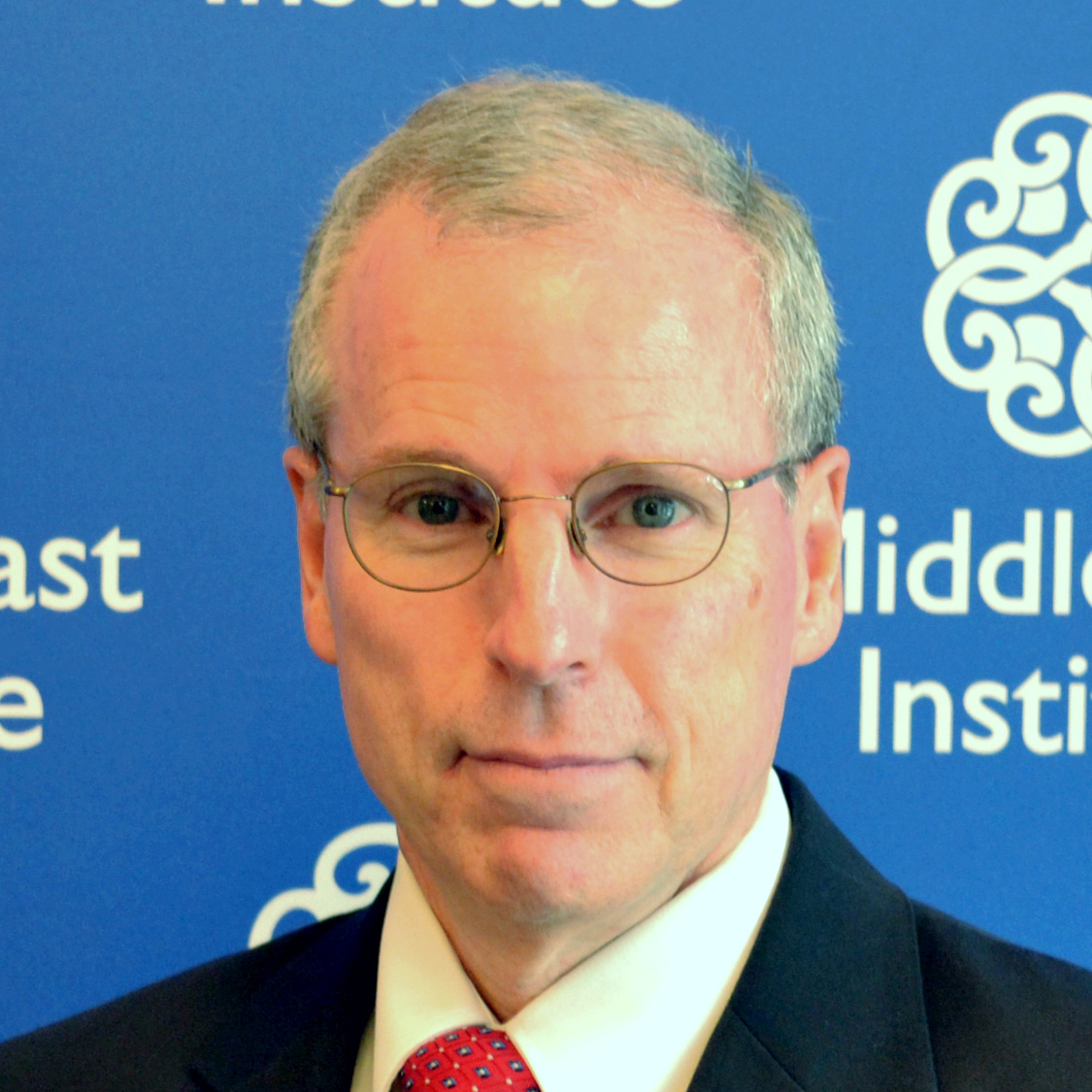
-
Recent developments, including the first session of parliament in months and the re-election of the speaker, suggest there may be a path forward to resolve Iraq’s nearly year-old political crisis.
-
There are two major hurdles: The Kurdish parties need to agree on a consensus candidate for president or accept that parliament will elect one, while the potential response of the Sadrists to government formation remains a wild card.
On Oct. 3, Iraq is marking its 90th independence day amid signs of a path forward, albeit one marked by big questions, that could resolve the almost year-long negotiations to establish a new government. The large bloc of Shi’a Islamist parliamentarians led by former Prime Minister Nouri al-Maliki agreed with Kurdish and Sunni Arab political blocs to hold the first session of parliament in three months on Sept. 29. The other big Shi’a Islamist political force led by cleric Muqtada al-Sadr posed no serious objection, and by a huge majority the parliament speaker was reelected. Maliki’s bloc is now pressing for another session of parliament next week to elect the president and then confirm the bloc’s choice for the new prime minister.
This path forward depends on two actions that Maliki’s Shi’a bloc does not control. First, according to the constitution, it is the president, elected by parliament, who names a prime minister, and the Shi’a and Sunni Arab blocs are waiting for the Kurdish parties either to agree among themselves on a candidate whom the parliament would confirm by vote or to accept that parliament would elect the president from among competing Kurdish candidates, as happened in 2018. For weeks, the Kurdish parties have discussed avoiding such a vote by finding a consensus candidate. So far they have failed to agree, and it is unclear when they will reach a decision on how to proceed.
The path forward also depends on how Sadr and his followers respond to a parliament in which they have no representation electing a president and confirming a prime minister and cabinet. A top member of the biggest Kurdish party warned on Oct. 1 that without some kind of consent from Sadr, the newly formed government would be unstable from the start. The biggest worry is that the Sadrists would take to the streets in huge numbers, as they did in July. To forestall such a move, many in Maliki’s bloc keep trying to open a dialogue with Sadr himself, so far to no avail. In the days ahead there will be political negotiations on three levels: (a) between Kurdish parties about the candidate for president; (b) between the Kurdish and Sunni Arab blocs and the Maliki bloc about a new cabinet’s action plan; and (c) between these blocs and representatives of the Sadrist faction to try to win Sadrist consent on a path forward.
Follow on Twitter: @fordrs58
As the UAE and Oman look to repair ties, investment and connectivity top the agenda
Cinzia Bianco
Non-Resident Scholar
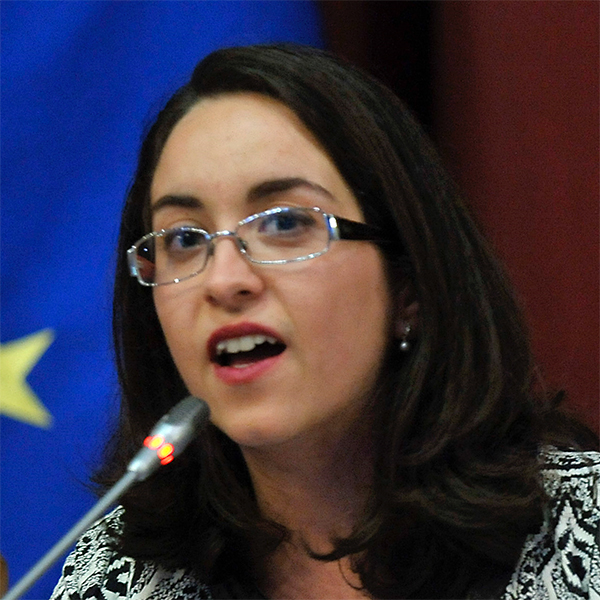
-
UAE President Mohammad bin Zayed’s trip to Oman was charged with expectations, as both sides have incentives to try to repair a tense relationship, marred by mutual suspicions.
-
Most of the 16 deals inked during the trip are about factoring Oman and its geostrategic location into the UAE-led agenda for regional connectivity and the blue economy.
This past week, the United Arab Emirates’ President Mohammed bin Zayed Al Nahyan met Oman’s Sultan Haitham bin Tariq Al Said in Muscat in a visit charged with expectations. Bilateral relations have been tense for over a decade, but Sultan Haitham (enthroned in 2020) and Mohammed bin Zayed (president since this spring) have incentives to try to repair it.
Oman’s incentives are clear: Muscat has long been seeking investments to relaunch its ailing economy and reduce unemployment. The core objective is to contain socio-economic grievances among the population and prevent instability. Dissatisfied with other potential partners — including Saudi Arabia, the U.S., the U.K., and China — Oman wanted to hear what the UAE had to propose. The offer, however, has to be really good, as Sultan Haitham needs to overcome widespread resistance vis-à-vis the UAE in the Omani system, where Emirati ambitions — and their impact on Oman’s strategic autonomy — are viewed with extreme suspicion.
The UAE does not hide such ambitions, and they drive Emirati interest toward Oman. In fact, Oman’s geostrategic location and its access to the Indian Ocean make the sultanate particularly attractive for the UAE’s connectivity agenda. This agenda is about redrawing the geostrategic map of the Arabian Peninsula to turn it into a full hub at the crossroads between Asia, Africa, and Europe for flows of energy, data, trade, and more.
Indeed, the major agreements signed between the UAE and Oman covered a wide range of fields: energy, transport and logistics, maritime transport, industrial cooperation and investment, digital data, and infrastructure. Regarding the latter, Oman and the UAE inked a deal worth $3 billion to link Oman's Sohar port with the UAE capital of Abu Dhabi via a passenger and freight high-speed train. The memorandum of understanding stipulated that a new firm, Oman-Etihad Rail Company, equally owned by Oman Rail and Etihad Rail, would design, develop, and operate the railway network. The railway is supposed to ultimately connect all seven emirates of the UAE with Oman’s northern commercial and industrial port, thus bypassing the bottleneck of the Strait of Hormuz and providing UAE-based companies and industries with fast and safe access to the Gulf of Oman’s sea lanes.
Follow on Twitter: @Cinzia_Bianco
Photo by BULENT KILIC/AFP via Getty Images
The Middle East Institute (MEI) is an independent, non-partisan, non-for-profit, educational organization. It does not engage in advocacy and its scholars’ opinions are their own. MEI welcomes financial donations, but retains sole editorial control over its work and its publications reflect only the authors’ views. For a listing of MEI donors, please click here.













